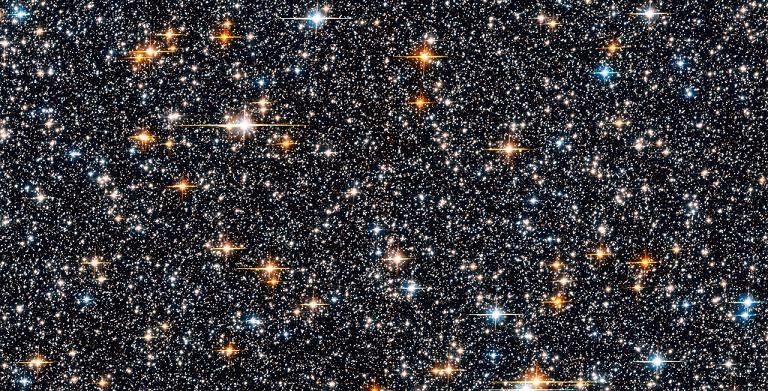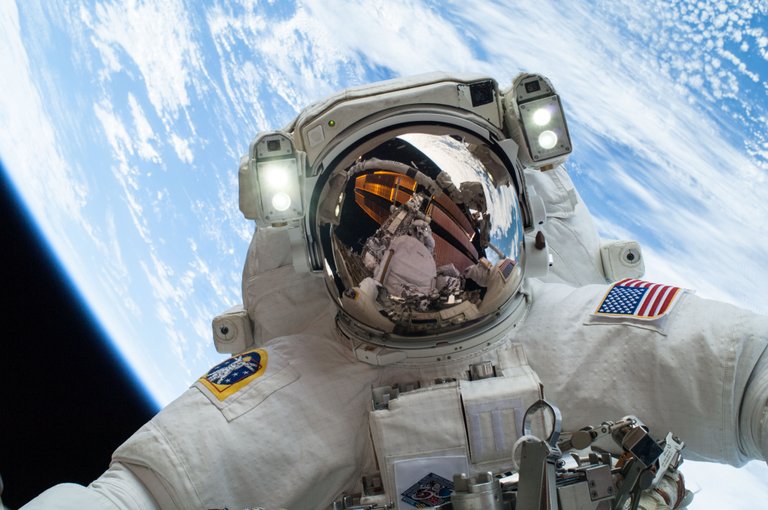
If you're like me, you're fascinated by the universe on a daily basis. Even so, I'm always learning something new. Here are five interesting facts that most people don't know about the cosmos.
1. Stars don't actually twinkle

Although stars appear to twinkle (scintillate), they don't. Some stars, such as Sirius, appear to flash so much, people actually report it as a sighting of a UFO. However, 'sparkling' is not actually a property of the stars and it is actually an illusion caused by the earth's turbulent atmosphere.
Each layer of the earth's atmosphere varies in density and the twinkling effect is caused by the light deflecting as it passes through the layers. This effect is similar to a ball in a pinball machine. when the light eventually reaches your eyes, these deflections cause it to vary in colour and intensity.
2. Black holes don't suck

Contrary to popular belief, black holes don't actually 'suck' matter into them. It is a common misconception, but by definition, a black hole is a region of space with a gravitational field so intense where no matter or light can escape. A black hole is a region in space where the pulling force of gravity is so strong that light is not able to escape.
The strong gravity occurs because matter has been pressed into a tiny space. This compression can take place at the end of a star's life. Some black holes are a result of dying stars.
Because no light can escape, black holes are invisible. However, space telescopes with special instruments can help find black holes. They can observe the behaviour of material and stars that are very close to black holes.
The pull from a black hole, however, It is not like a hoover, but more like a strong gravitational pull. If you were near it, it would feel like falling, rather than being sucked in.
3. You can't see millions of stars at night

Again, this is another myth created by stories and films. There are simply not enough bright stars close enough to Earth. On a dark night with no moon and source of lights, someone with great eyesight would be able to see 2,000 - 2,500 stars at any one time.
The numbers of stars you see depends on a number of factors. Light pollution reduces the number of stars you can see. However, you can usually see at least a few bright stars and planets from a light-polluted city such as New York or Beijing.
The best place to do your stargazing from is a dark-sky sight, such as Canyonlands National Park or from onboard a ship in the middle of the ocean, for example. Most people do not have access to such areas, but you can get away from most city lights by going out into the countryside.
4. Space isn't that far away

Believe it or not, space isn't actually that far away from earth. Space officially begins at around 100km above earth. This invisible line is called the Karman Line, and in theory, if you drove your car straight upwards you could be in space in less than an hour.
5. Astronaut means 'star sailor'

The word 'astronaut' comes from the Greek word 'Astron' which means star and 'nautes' which means sailor - Star sailor. The Russian term 'cosmonaut' comes from the word 'kosmos' meaning universe.
Hope you enjoyed this post about the cosmos!
You may also enjoy these posts;
The Tardigrade - The animal that can cheat death
Dead weird ways to die - Episode 1
Dead weird ways to die - Episode 2
Dead weird ways to die - Episode 3
Unsolved murder mysteries - The case of the Black Dahlia
